Reimagining roots: highlights from Design Shanghai 2025
The 12th edition of Design Shanghai reflected the evolution of Chinese creativity despite challenges to the sector, with participants exploring the intersection of tradition and innovation
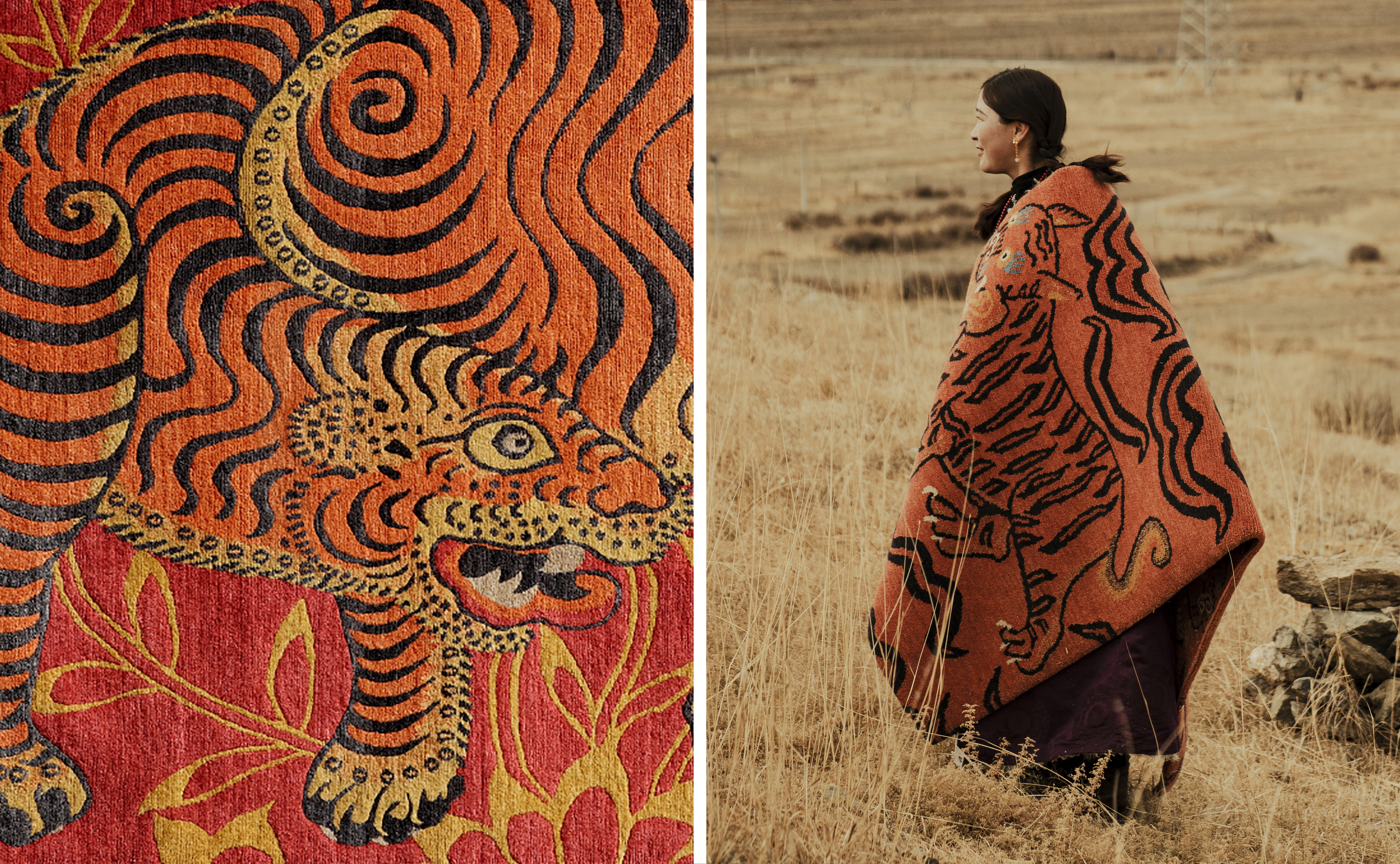
The 12th edition of Design Shanghai (4-7 June 2025), the final one held at the site of the 2010 Shanghai World Expo before the event's anticipated return to the socialist-classicism of the Shanghai Exhibition Centre in 2026, brought together a diverse range of brands and designers, reflecting how creativity continues to evolve amid economic headwinds. While China’s design and creative sectors remain resilient and show steady growth, participants are navigating a more challenging market shaped by slower economic expansion and shifting consumer priorities. Against this backdrop, the fair highlighted how tradition and innovation intersect, with exhibitors exploring new narratives in materiality, sustainability and cultural identity.
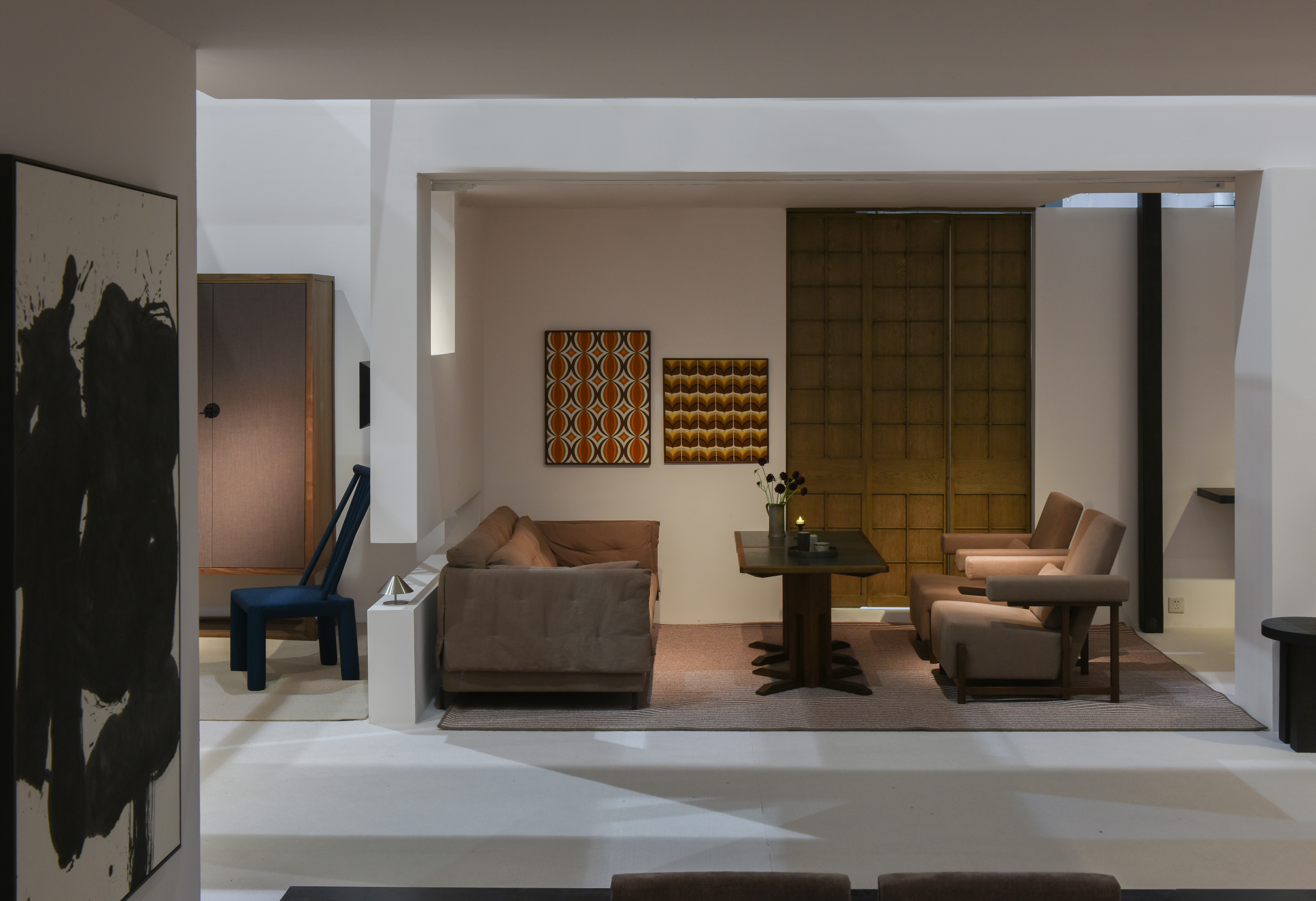
U+
Among our list of highlights is U+, founded in 2008 to merge Chinese tradition with global sensibilities. Its 'New Antique' series revisits a trove of unpublished works from the 1970s and 1980s, reinterpreting them through refined materials and craftsmanship. The expanding 'Tea System' responds to increasing local demand with modular pieces designed to elevate the tea ritual through integrated storage and smart tools.
The wood flooring brand Ugan Concept collaborated with Neri & Hu Design and Research Office on the 'Primordial' installation. Inspired by the Waban House in southwestern China, where split wooden shingles are traditionally used as roof tiles, the project reclaims this vernacular form amid widespread demolition. Neri & Hu’s design assembles six roof structures into an abstract village, using a minimal steel framework to explore material reuse, spatial flexibility and craftsmanship within a contemporary architectural language.

Yanrui

Ugan Concept and Neri&Hu
Three designer-led brands, among the fair’s longest-standing exhibitors despite entering only their first decade, demonstrated the adaptability needed to compete with mass producers in a shifting economy. Ximi Li’s 'Monochrome' series for Urbancraft caters to mid-sized interior operators, combining rapid delivery with adaptable design. The collection investigates the versatility and inherent aesthetic of aluminium, offering applications across varied spatial contexts.
Joysliving, co-founded by Ren Hongfei, is known for its exacting standards in materials and production, attracting collaborations with fashion brands such as Marni and Delvaux. Its latest product, the ‘Song’ chair, draws from the rhythm of Chinese calligraphy, with sharply defined lines and a tall backrest that balances comfort and formality. Tiwuworks, led by Zhao Yun, takes a more bespoke direction with its 'Dark Ink' series. Referencing craft traditions from ancient pottery to woodwork, the series applies advanced manufacturing techniques to solid wood, producing forms that are both innovative and historically grounded.
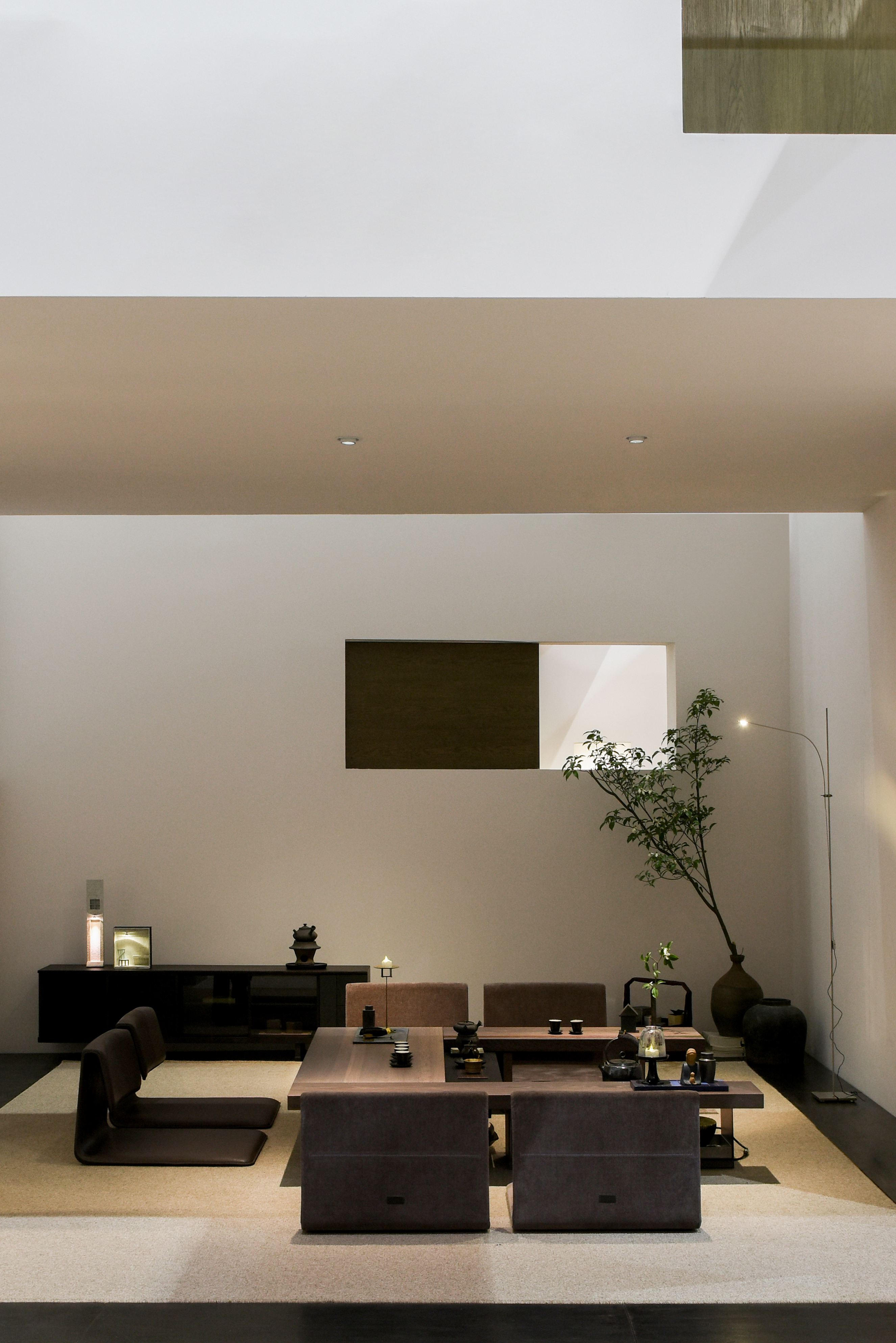
U+
Interest in Tibetan culture has grown alongside a rise in domestic travel. This year, three Tibetan brands came together to present a pavilion shaped by regional traditions, drawing from the form of black yak-hair tents and defined by the distinctive ‘Tibetan red’. Changphel showcased handcrafted rugs rooted in Himalayan landscapes and age-old techniques. Its nomadic essence was best captured through its 'Collector’s Editions', featuring collaborations with French sculptor Jean-Marie Fiori, Italian architect Gaetano Pesce and Chinese painter Huang Yongyu. NomRoo translated the spiritual and natural qualities of the highlands into a line of home fragrances, with scents shaped by snow-capped peaks, quiet temples and rare alpine plants. Zamba Boutique Hotels announced plans to promote Tibetan culture through luxury hospitality experiences, aiming to introduce a broader audience to the region’s unique heritage.
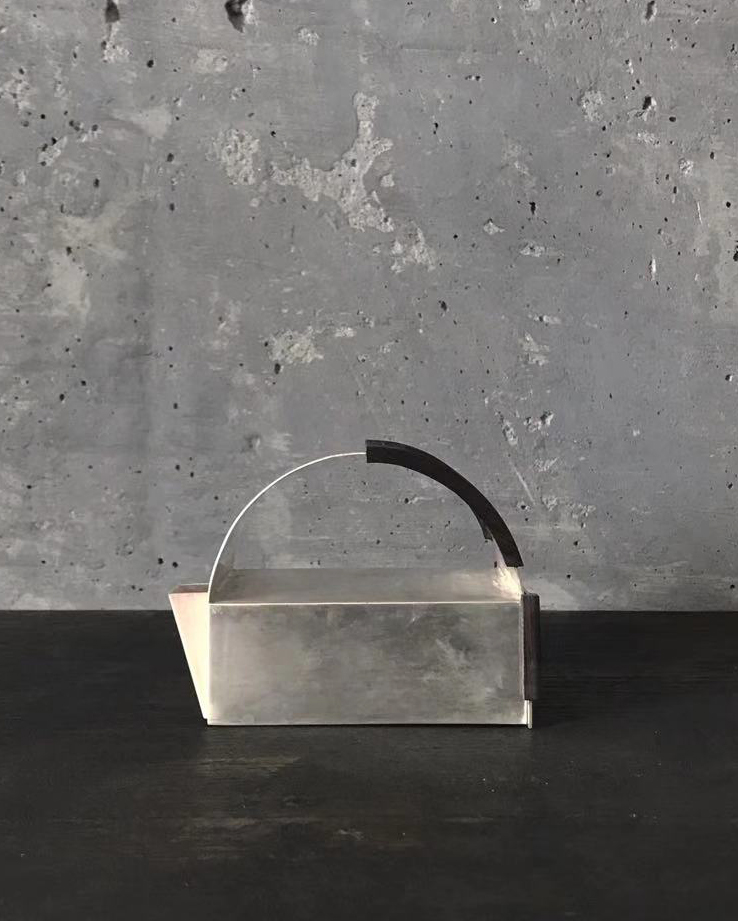
Wangchunmao
Seven curated sections across the fair addressed diverse themes, broadening public understanding of design’s evolving boundaries and its entanglements with culture, industry and society. One of the most anticipated was 'Neooold', a recurring show-within-a-show initiated by designer Chen Min. This year’s edition focused on Chinese craftsmanship through two complementary parts: 'Mass Wonders', a curated gallery of collectible works by nine artists, and a marketplace-style display from 18 studios and brands. Among them, metalsmith Wangchunmao stood out with a teapot that challenges conventions: its square body and drawer-like mechanism reimagine the flow of water. ‘Glass Talking’ captured China’s evolving glassmaking landscape, spanning both the artistry of hand-blown pieces and the functional refinement of industrial design.
Receive our daily digest of inspiration, escapism and design stories from around the world direct to your inbox.
‘Re:Materialize’, curated by Rong Design Library, advocated a ‘material-driven’ approach to sustainable innovation. It brought together 26 cross-disciplinary artists and craftspeople and 20 material producers to explore new uses of traditional and emerging resources. Duan Lisha, in collaboration with Alpi, presented a veneer collage project that plays with colour, form and pattern to create optical illusions, blurring the lines between material and technique. In 'Fading Seawater', Yanrui responded to the threat of nuclear wastewater contamination with an installation that uses indigo and kakishibu dyes to visualise ocean pollution, prompting reflection on environmental responsibility.

IIIN

Tiwuworks
Another key section, 'Talents', curated by Frank Chou, explored the theme ‘Confront Conflicts’, examining how young designers navigate tensions between growth and stability, and between humans and AI. Among the 14 selected names is IIIN, a spin-off of Tells Studio, which presented furniture that prioritises spatial flow over form, aiming to evoke presence and soulfulness. Its debut collection, ‘Wahé’, references traditional Chinese roof tiles, using their adaptable, interlocking forms as metaphors for balance, compromise and conscious living.
Yoko Choy is the China editor at Wallpaper* magazine, where she has contributed for over a decade. Her work has also been featured in numerous Chinese and international publications. As a creative and communications consultant, Yoko has worked with renowned institutions such as Art Basel and Beijing Design Week, as well as brands such as Hermès and Assouline. With dual bases in Hong Kong and Amsterdam, Yoko is an active participant in design awards judging panels and conferences, where she shares her mission of promoting cross-cultural exchange and translating insights from both the Eastern and Western worlds into a common creative language. Yoko is currently working on several exciting projects, including a sustainable lifestyle concept and a book on Chinese contemporary design.
-
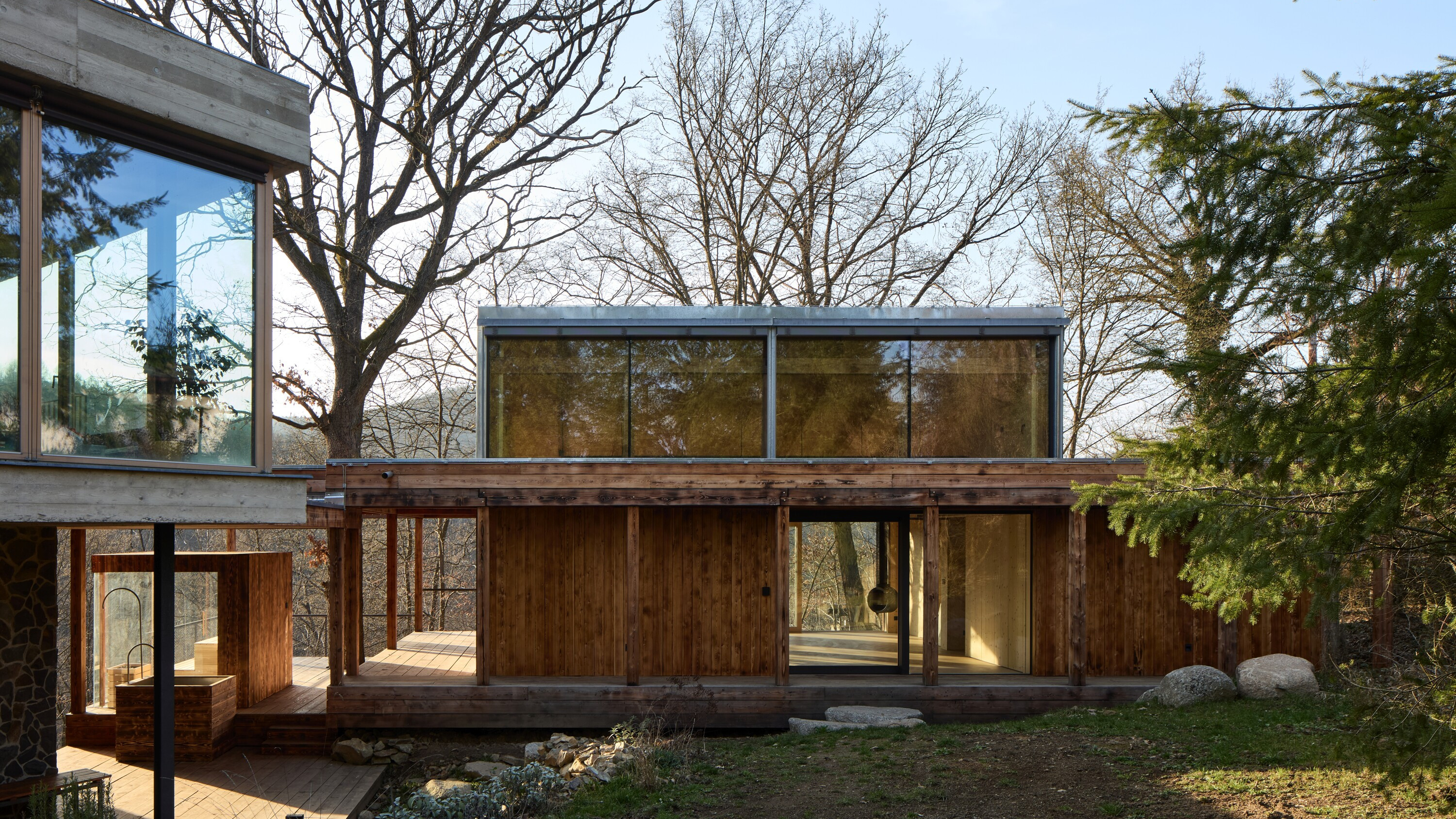 A new timber studio in the Czech Republic is carefully integrated into its hillside site
A new timber studio in the Czech Republic is carefully integrated into its hillside sitePäivä Architekti’s Czech Studio Above the Golden Canyon takes advantage of impressive views
-
 Aussie vibes meet Parisian grandeur? This Sydney apartment pulls off the unlikely combination
Aussie vibes meet Parisian grandeur? This Sydney apartment pulls off the unlikely combinationLongtime clients of Dylan Farrell Design trusted the studio to go bold with the gut renovation of their Sydney flat – now an intriguing study in contrasts
-
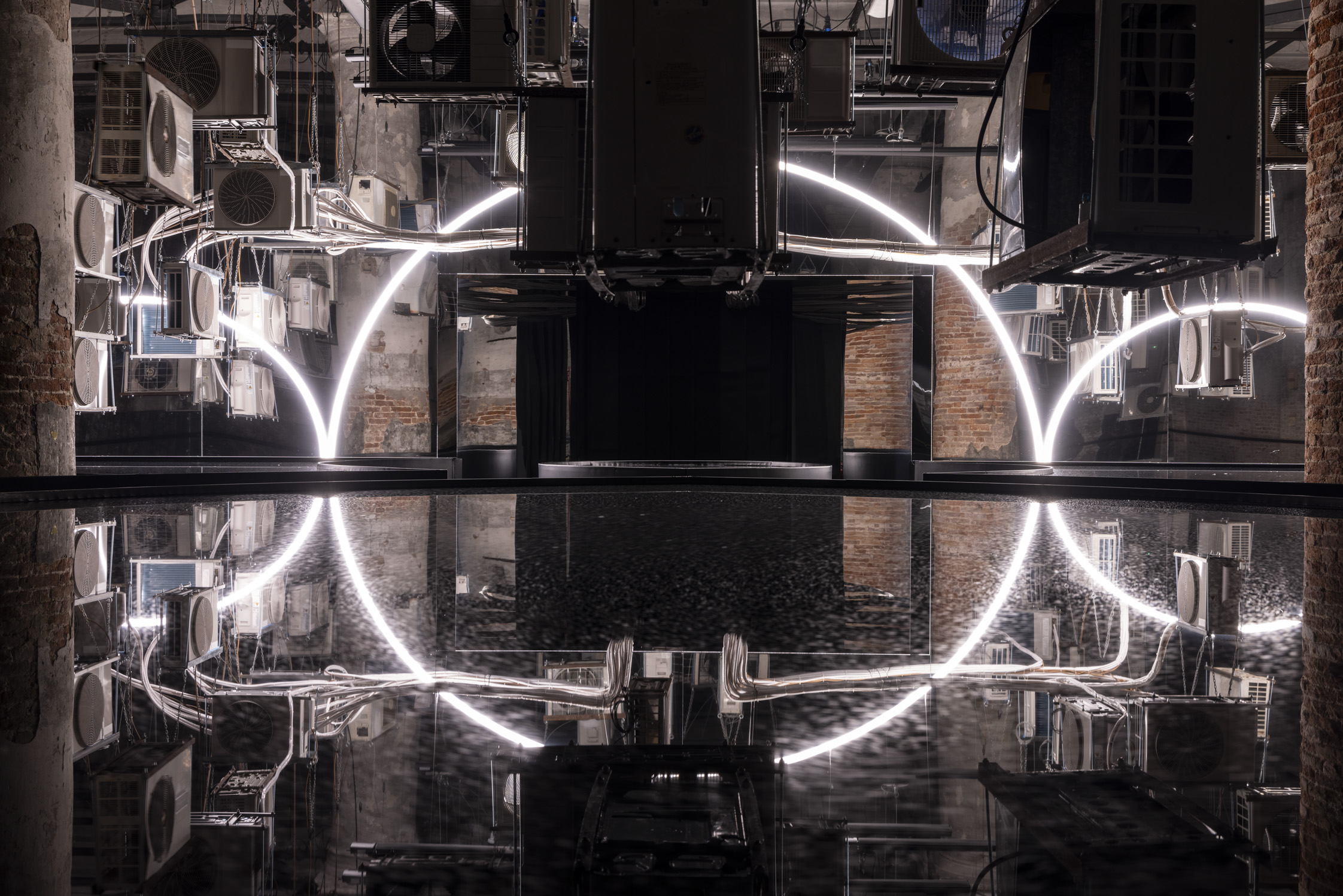 Carlo Ratti reflects on his bold Venice Architecture Biennale as it closes this weekend
Carlo Ratti reflects on his bold Venice Architecture Biennale as it closes this weekendThe Venice Architecture Biennale opens with excitement and fanfare every two years; as the 2025 edition draws to a close, we take stock with its curator Carlo Ratti and ask him, what next?
-
 Plywood pavilion transforms into 410 furniture pieces
Plywood pavilion transforms into 410 furniture piecesIn Fuqing, a small rural community in China, 410 plywood tables and chairs have been constructed from Furniture Pavilion S, an architect-built exhibition space, giving a new lease of life to this temporary structure
-
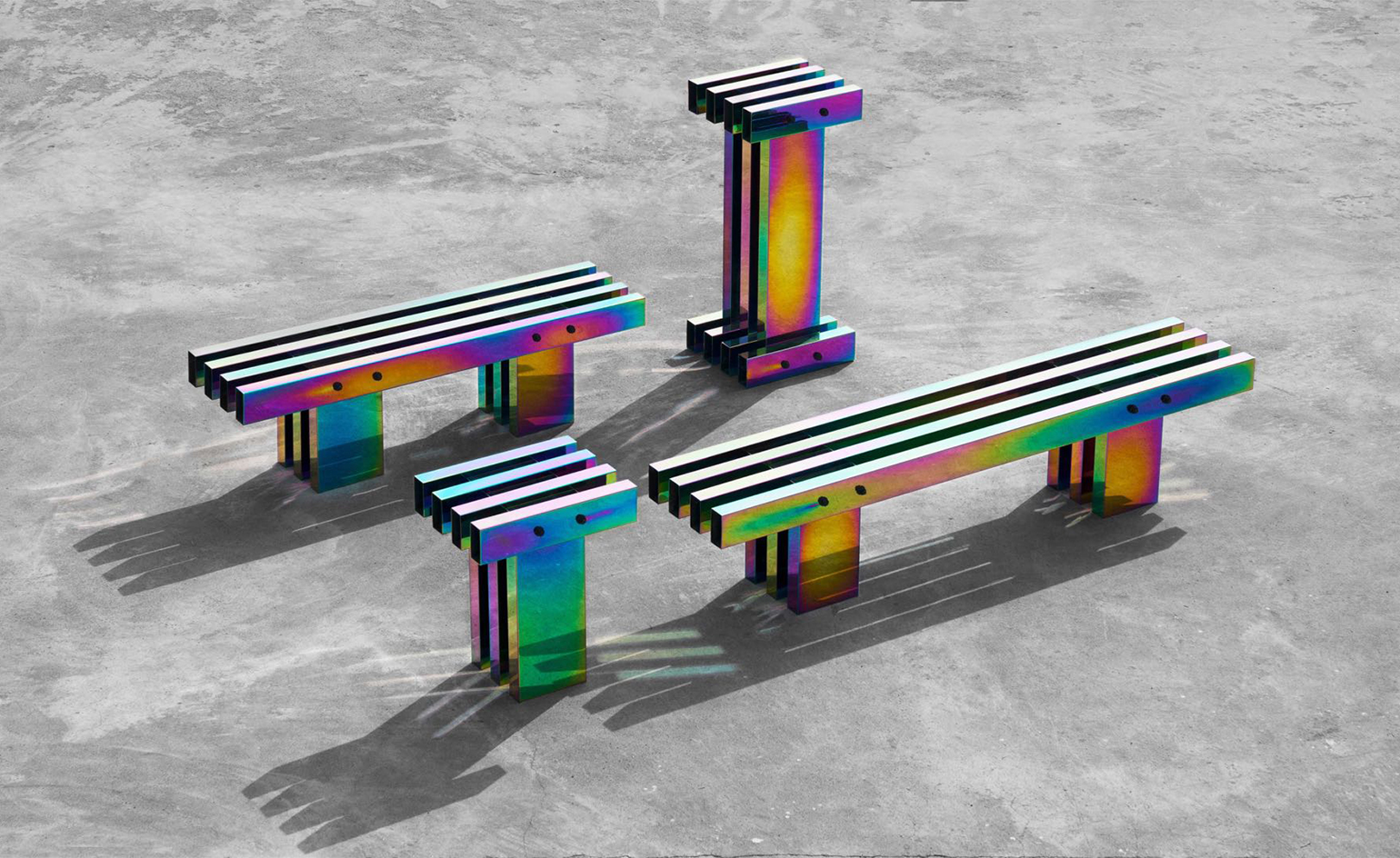 Meet the next generation of creative forces reshaping Chinese design topography
Meet the next generation of creative forces reshaping Chinese design topography -
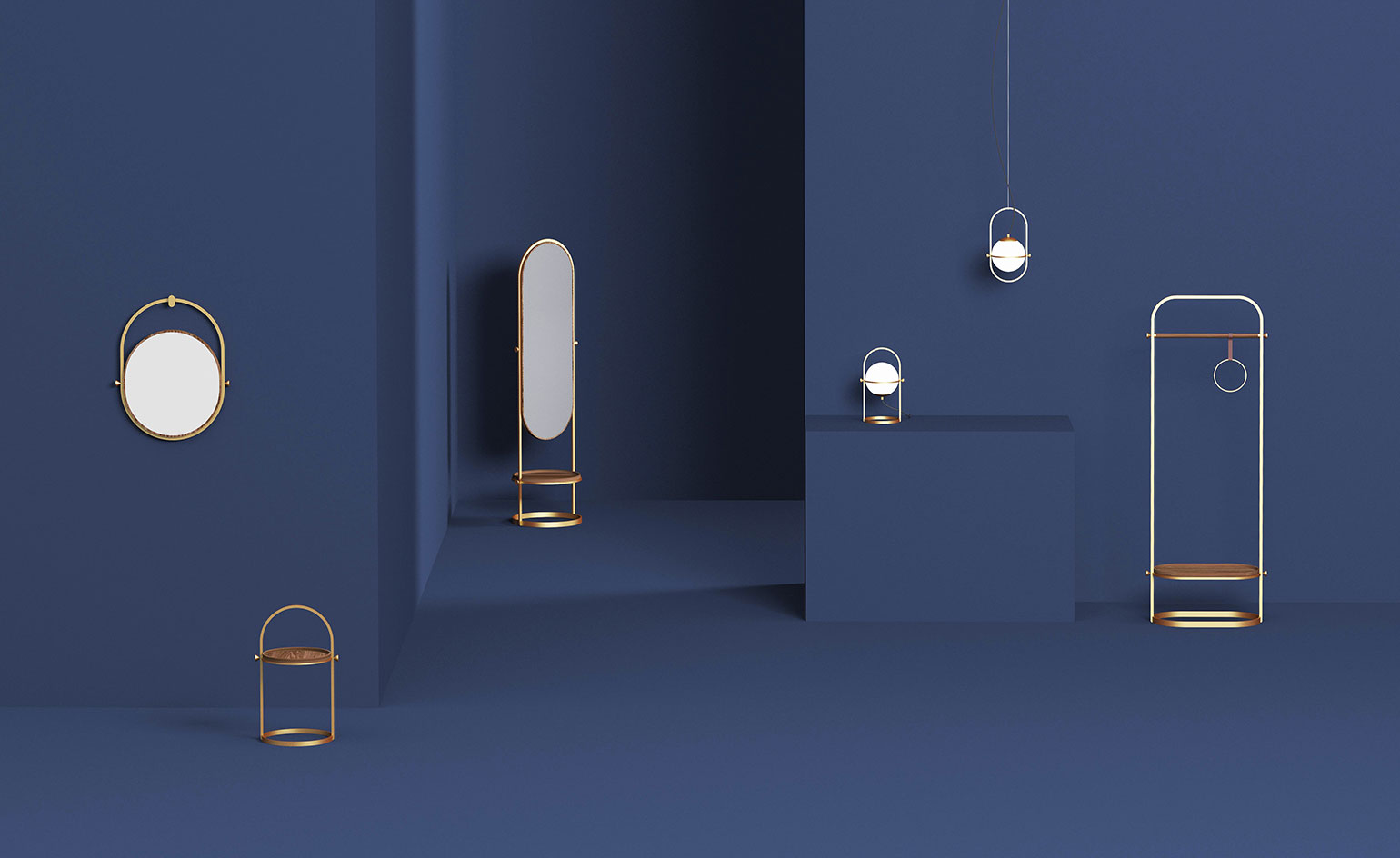 Top 9 Chinese designers at Design Shanghai
Top 9 Chinese designers at Design Shanghai -
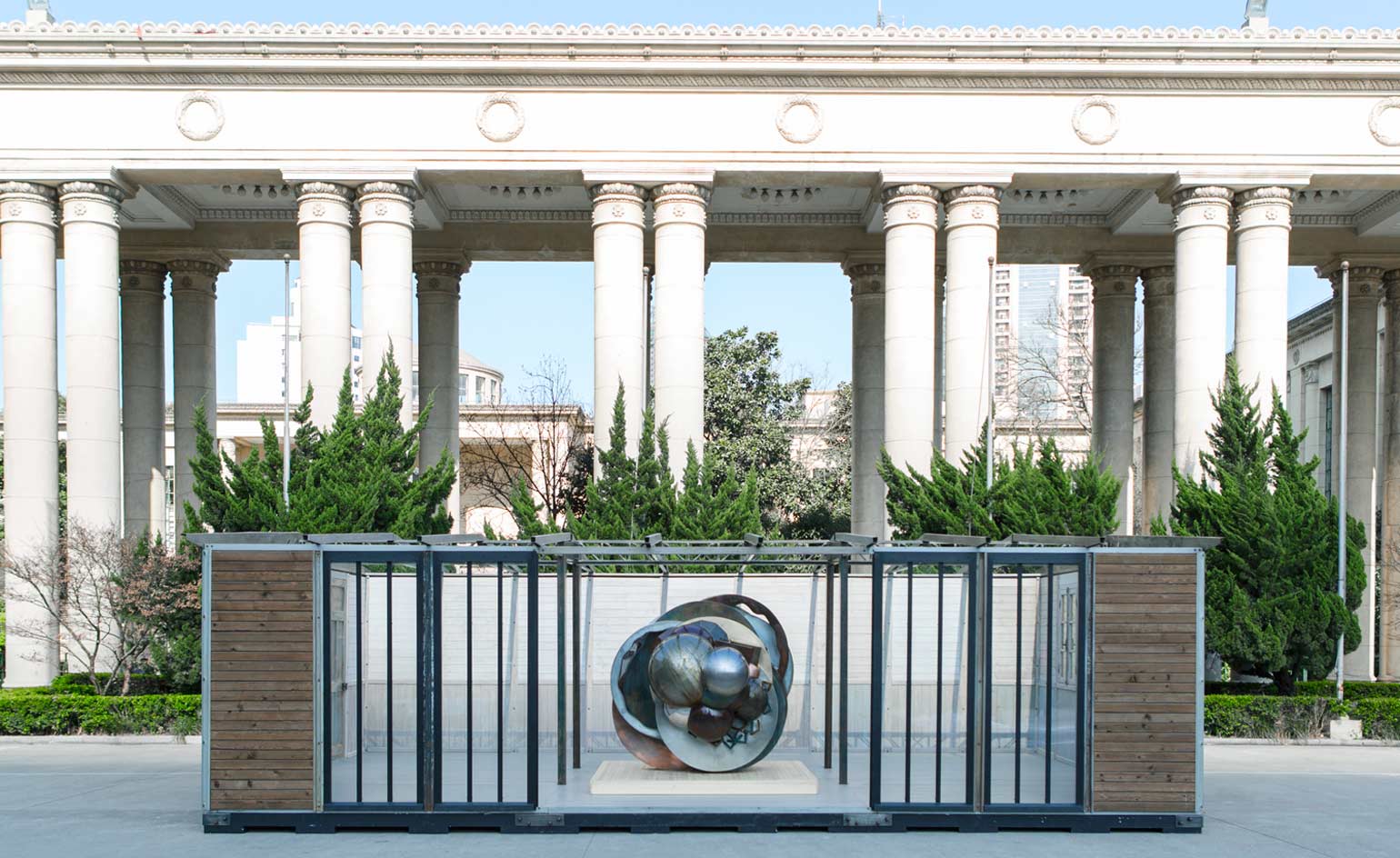 Design Shanghai 2015: Fantasy flowers, deco and a dragon - the top picks of this year's fair
Design Shanghai 2015: Fantasy flowers, deco and a dragon - the top picks of this year's fair -
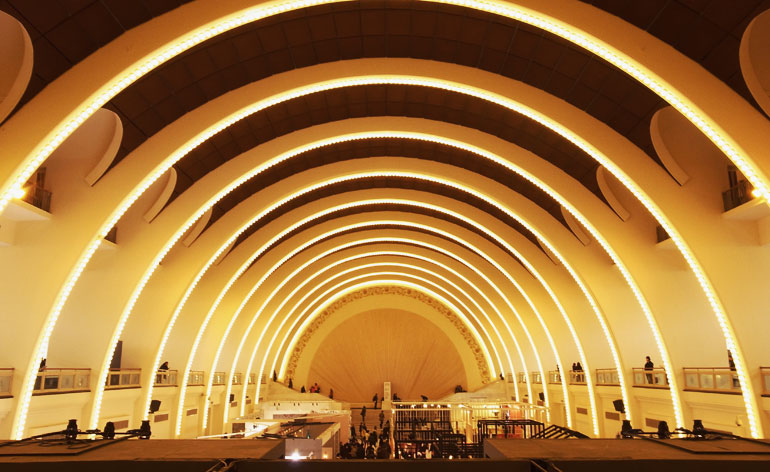 Design Shanghai’s blockbusting first fair
Design Shanghai’s blockbusting first fair -
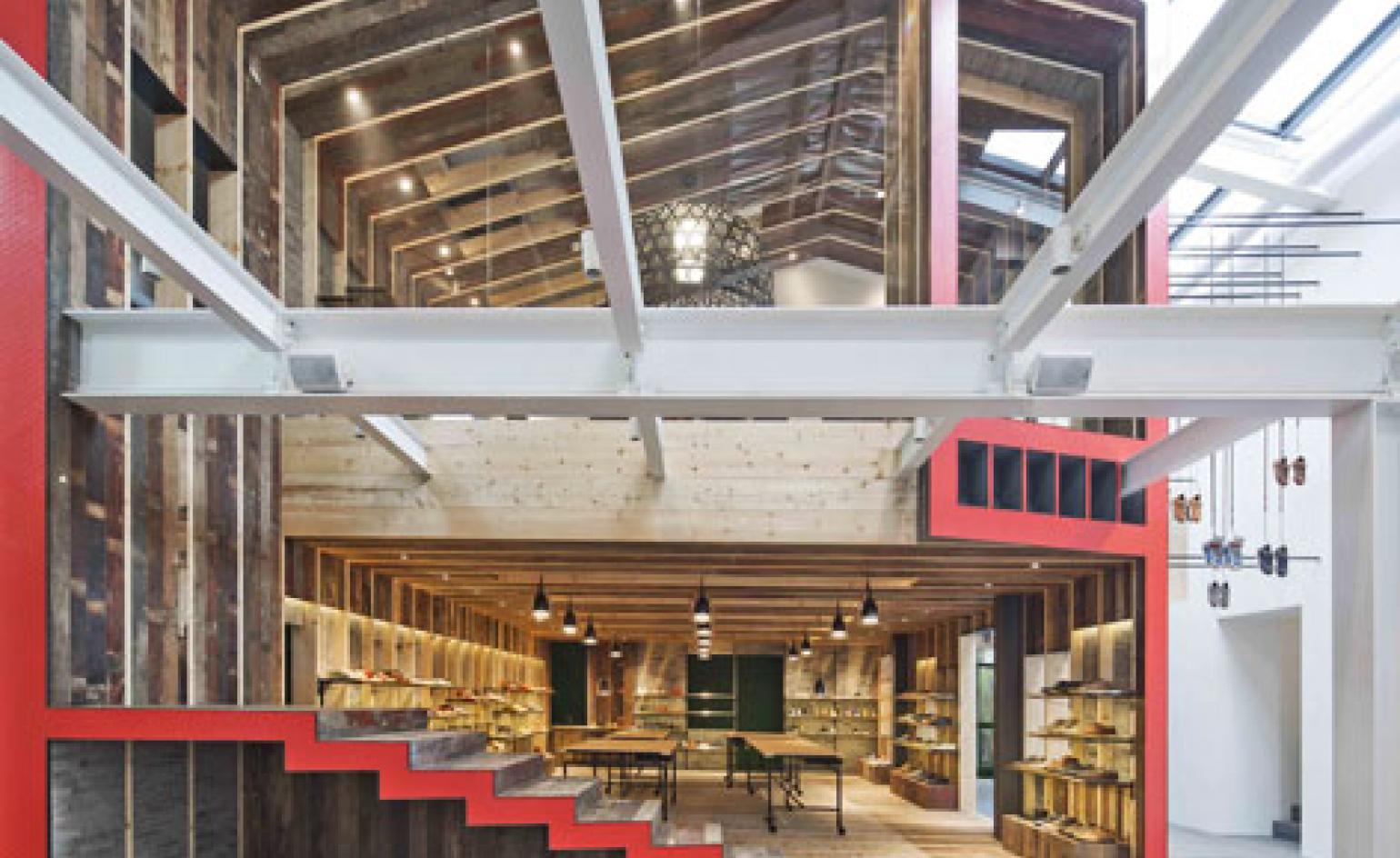 Neri & Hu designs Camper’s flagship showroom in Shanghai
Neri & Hu designs Camper’s flagship showroom in Shanghai